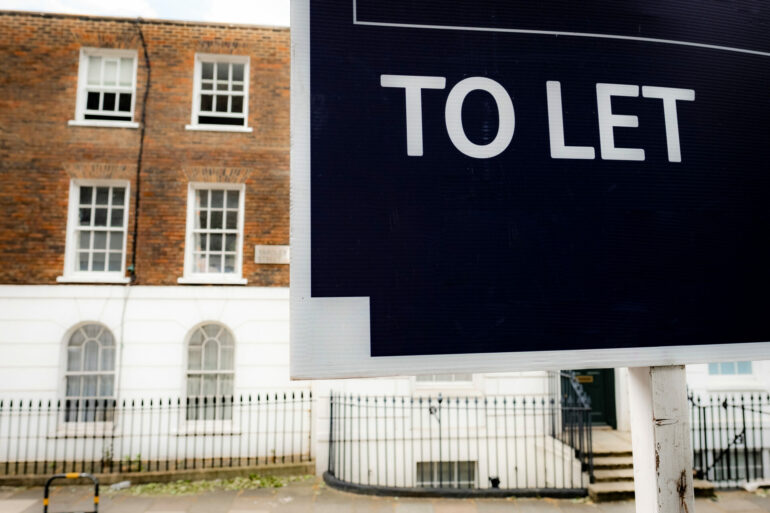The nation’s landlords are responding to higher levels of mortgage interest rates by cutting down on their borrowing, research from Octane Capital has revealed.
Octane Capital compared the total amount of borrowing amongst buy-to-let landlords between Q3 2022 and Q2 2023 and the corresponding period the year before.
It found that buy-to-let landlords reduced their borrowing by around £7bn over that time span, from £37.9bn in 2021-2022 to £30.4bn in 2022-2023.
In terms of a percentage change, this means that buy-to-let landlords collectively reduced their borrowing by -19.8% in just a single year.
The rest of the market followed a similar trend to buy-to-let, as lending to first-time buyers dropped from £68.1bn in 2021-2022 to £65.9bn in 2022-23, a reduction of -3.2%.
Meanwhile all other forms of lending fell by -7.6%, from £92.2bn to £85.2bn.
Remortgage activity rose slightly, from £79.9bn in 2021-2022 to £81.0bn in 2022-2023, reflecting how more borrowers consolidated what they had rather than saddling themselves with fresh debt in the form of a new mortgage.
Jonathan Samuels, CEO of Octane Capital, said: “Landlords are taking fewer risks with their borrowing, which makes sense given how the market has become objectively less attractive in the past couple of years.
“No longer are buy-to-let mortgages available for 2-3%, so it’s less economically viable to invest in property on a highly leveraged basis.
“Now landlords are in a period where they’re adjusting to a new normal, where they need to be strategic and consider using a larger deposit if they want to continue growing their portfolios.”



